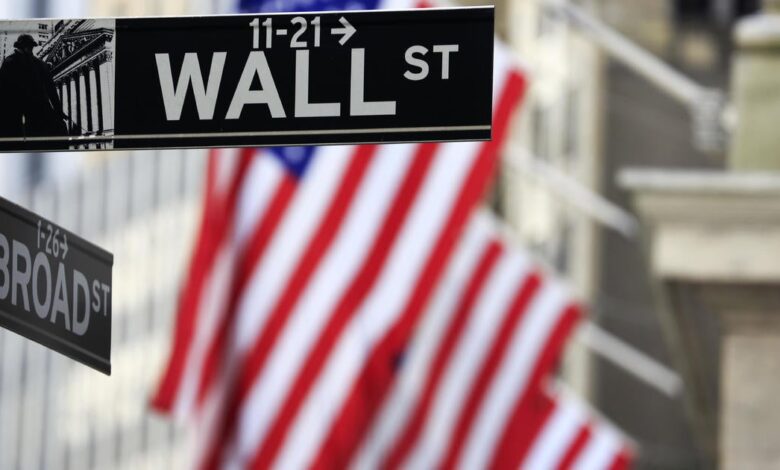Stocks open mixed, with investors cheered by signs of cooling inflation

Trading in U.S. stocks rebounded on Wednesday following a government report that showed U.S. inflation had slowed more than expected in February. The S&P 500 rose by 0.7% to 5,611 in early trading, recovering from a recent dip below its all-time high. The Dow Jones Industrial Average was down by 0.3%, while the Nasdaq composite saw a 1.3% increase.
According to the latest Consumer Price Index data, inflation in February rose by 2.8% compared to the previous year, slightly lower than economists had predicted. Seema Shah, chief global strategist at Principal Asset Management, commented that the inflation report provided relief for equity markets by alleviating concerns about stagflation and giving the Federal Reserve room to cut policy rates if economic conditions worsen.
Market volatility in recent weeks has been attributed to concerns over the Trump administration’s trade policies. President Trump’s decision to increase tariffs on steel and aluminum imports to 25% on Wednesday elicited immediate threats of retaliation from the European Union and Canada. Tim Waterer, chief market analyst at KCM Trade, noted that Trump’s tariff policies continue to unsettle markets as investors remain uncertain about future measures.
The uncertainty surrounding trade policies has contributed to fluctuating market trends, with investors unsure about potential impacts on the economy. Tariffs can directly impact the economy by raising prices for consumers and disrupting global trade. This uncertainty may lead to hesitancy among U.S. companies and consumers to invest or spend, prompting them to seek clarity from the Fed on the economic outlook.
Bret Kenwell, U.S. investment analyst at eToro, highlighted the shift in investors’ concerns from inflation to the labor market and overall economy amid escalating trade tensions and economic policy uncertainty. While reassuring inflation reports may provide some relief, it will take more than that to ease investors’ worries.
In conclusion, the market’s response to the latest inflation data and trade policy developments reflects the ongoing uncertainty and volatility in the financial landscape. Investors are closely monitoring economic indicators and policy decisions for insights into the future direction of the market.





